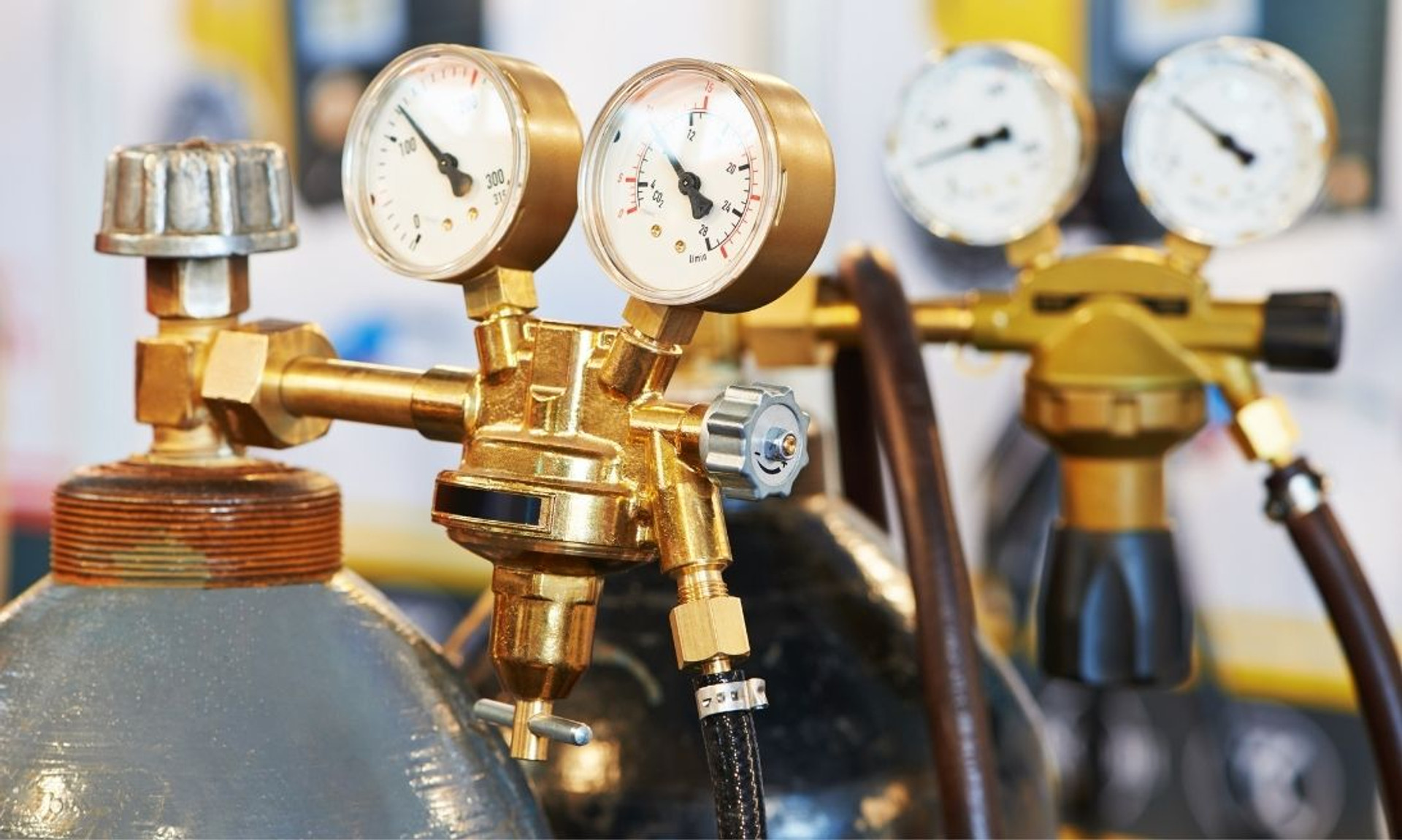Single and Dual-Stage Gas Regulation
When working with gas product cylinders, there are many helpful pieces of equipment to ensure the process is as safe as possible. If you’re trying to reduce cylinder pressure to a proper working level for special instruments and operating equipment, pressure reduction regulators are the safest way to go. There are two types of regulators used for this kind of task—single-stage and dual-stage. Learn about the details of single and dual-stage gas regulators by reading below.
Single-Stage Regulators
All regulators are designed to make it safer to reduce cylinder pressure to a workable level for operating equipment and instruments. Single-stage gas regulators operate so you can reduce cylinder pressure to delivery and outlet pressure through one step. This type of regulator tends to show a slight variation with delivery pressure as the cylinder pressure during its use decreases. Due to this particular detail, it’s best to use single-stage regulators if a constant outlet pressure is not needed. You can also use one if you have someone else to monitor and readjust the pressure or on a device that allows for stable inlet pressure.
Dual-Stage Regulators
Dual-stage regulators are designed with two regulators in one body. The first stage is able to reduce the inlet pressure to an intermediate setting and is non-adjustable. The second stage is, however, adjustable and will reduce the intermediate pressure to the final delivery pressure. One of the key benefits of using a duel-stage regulator is its ability to maintain steady delivery pressures, thus avoiding the need for periodic adjustment. This is possible because the second stage only has small changes to inlet pressure. If you’re needing a gas supply doe analytical instruments and other devices where a constant delivery of pressure is necessary, then you would need a dual-stage regulator.
Gas Regulator Safety
One other key piece of information to know about single and dual-stage gas regulators is how to use them safely. Some elements of this are basic, such as making sure you’re wearing protective glasses when installing and operating such gas handling equipment. Do not try to reposition or detach the regulator if it’s pressurized or in operation. There are concerns of contamination and dangerous mixing, which is why you should assign each regulator to one gas service only. Labeling which regulator goes with which gas is a way to ensure this. You should never be using a gas regulator as a shut-off valve. Make sure the gas stream is always shut off at the actual source when it’s done being used. You also never want to allow a greater inlet pressure than is recommended for the regulator.
Mesa Gas offers some of the best specialty gas products on the market. Here you can get different regulators, specialty gas mixtures, and other calibration gas products for a broad range of applications.

